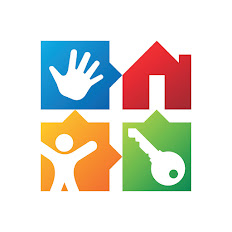- Households privately renting in New South Wales: 574 183
- Low-income households (ie bottom 40 per cent of incomes) privately renting in New South Wales: 219 202
- Low-income households paying more than 30 per cent of their incomes in rent (ie in 'housing stress'): 171 563
- Low-income households paying more than 50 per cent of their incomes in rent (ie in 'housing crisis'): 94 959
In other words:
- 78 per cent of low-income private renters are in housing stress; 43 per cent are in housing crisis
- of all households renting privately, 30 per cent are low-income households in housing stress; one in six are low-income households in housing crisis.
We presented these numbers in our recent discussion of the social housing discussion paper, but they deserve a post of their own.
Also noteworthy is the fact that these numbers are significantly higher than the National Housing Supply Council's figures for affordability problems in private rental housing (66 per cent in stress, 25 per cent in crisis) – figures we've referred to in previous posts and submissions. The new figures come from the ABS on special request by the TU, and we prefer them to the NHSC figures. We've counted as 'private renters' only households who are renting through a real estate agent or a person not in the same household; we understand the NHSC included in its count of 'private renters' households in community housing, which will bring down the rates of stress and crisis.
Looking at the numbers for the private rental market properly defined, we see a private rental market that fails appallingly to serve the needs of low-income households for affordable housing.
And, we might add, it fails expensively. For 15 years, private landlords have been running large and increasing losses ($1.2 billion in New South Wales in 20111-12, the most recent figures), primarily because of their debts. These losses are subsidised by the Australian Government through its generous tax treatment of negative gearing (we estimate about $360 million for New South Wales landlords in 2011-12, going by Grattan Institute's numbers).





Nice post!
ReplyDelete